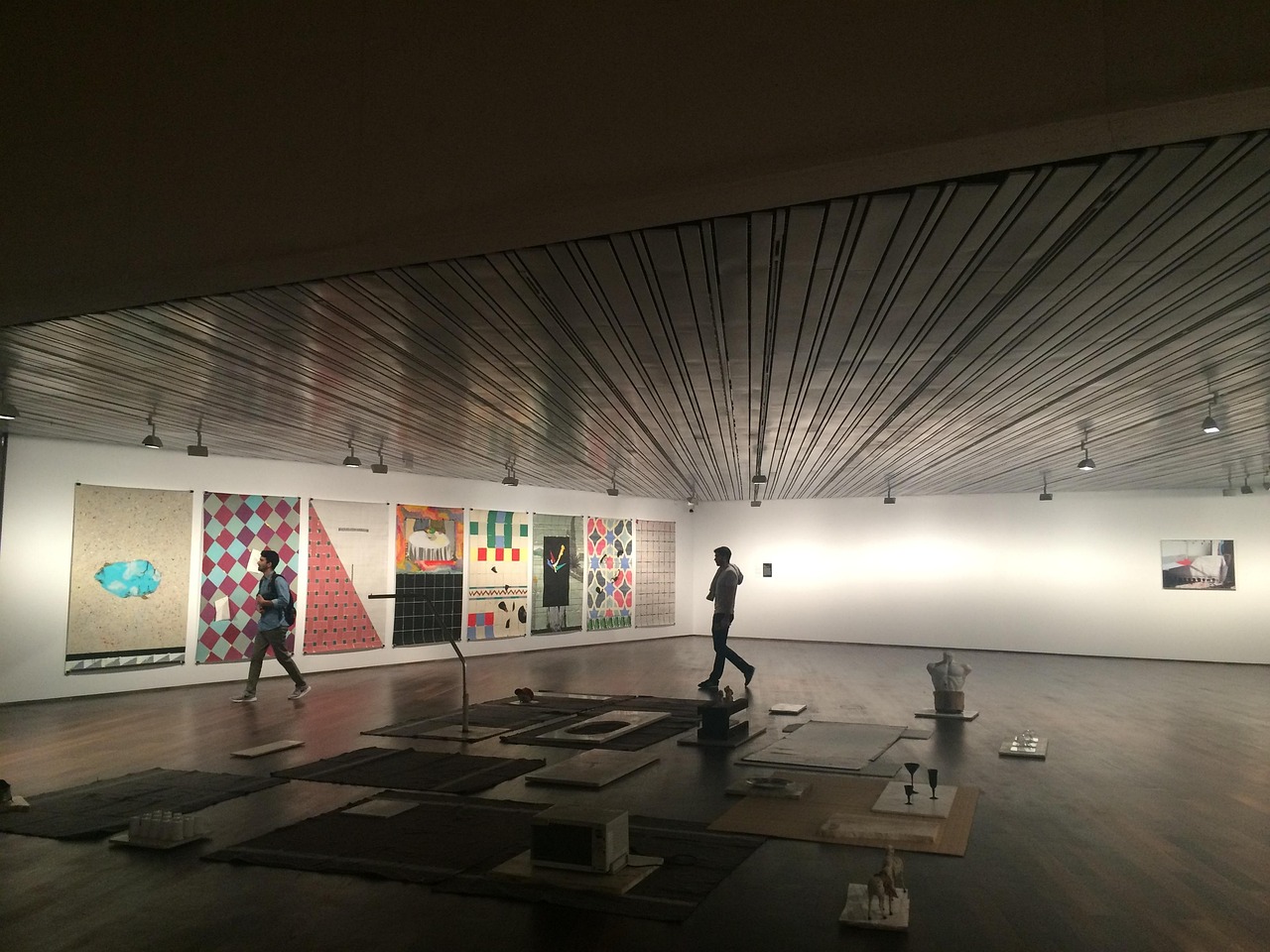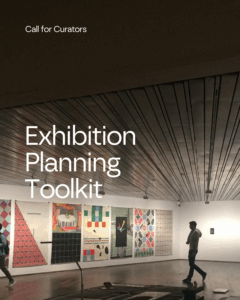
From Vision to Opening: A Practical Guide to Organising Art Exhibitions
Organising your own exhibition is one of the most empowering ways to shape and share a curatorial or artistic perspective. Whether working independently, within a collective, or in dialogue with an institution, the act of bringing together works and publics is equal parts creative vision, logistical coordination, and strategic storytelling.
But self-organising doesn’t mean going in unprepared. It means learning to navigate timelines, budgets, installation plans, and communication with clarity and purpose. This guide offers an approachable roadmap for artists, curators, and cultural organisers looking to turn a concept into a well-executed exhibition, along with resources from across geographies and formats to support the process.
Concept First: Define Your Intent and Format
Every exhibition starts with an idea, but it only takes shape through intention. What are you trying to say, and to whom? Before choosing a venue or inviting artists, write a short concept statement that outlines your core themes, your approach, and what form the exhibition will take.
If you’re looking for a starting point, the University of London’s guide offers a clear breakdown of how to move from a curatorial concept to a practical outline. Meanwhile, the Smithsonian’s Guide to Exhibit Development is a goldmine for developing a narrative arc and translating abstract themes into accessible displays. If your context is community-led or DIY, Contemporary Art Issue offers practical tips on how to build cohesion, especially when working outside institutional formats.
Timeline, Budget and Space: Making the Vision Tangible
Once your idea has form, the logistics follow. Create a rough budget early. Include materials, installation, transport, marketing, and insurance. Then, map out a timeline. A 6 to 12 months window is ideal, but smaller projects can be done in less.
The Temporary Art Exhibition Checklist outlines every phase, from initial prep to final de-installation, and is helpful for those managing their first show. If your show includes smaller works or takes place in an unconventional space, Museums Victoria’s ‘5 Exhibition Basics’ is an excellent reminder of how context, lighting and spatial flow shape the viewer’s experience.
Audiences and Publicity: Build the Buzz Before the Doors Open
Exhibitions don’t begin on opening night. They start the moment you share your idea publicly. Whether you’re inviting people with postcards or TikToks, it’s about making the exhibition accessible and engaging across platforms.
ArtConnect’s guide to organising your own exhibition offers smart advice on low-cost marketing tactics, from community flyers to email invites. For digital-first engagement, Artspace’s curating guide includes thoughtful notes on visual consistency, digital documentation, and how to speak about the work effectively.
Don’t forget to plan your opening: think beyond drinks and speeches. What kind of first encounter do you want your audience to have?
Installation, Documentation, and Aftercare
Installation is where everything comes together, literally. Allocate at least a full day (or more) to install works, ensuring you’ve got tools, labels and backup supplies. If you’re working solo, enlist a trusted assistant or peer for support.
Artwork Archive’s 25-point checklist is a great tool to track every last detail from install to de-install and avoid last-minute surprises. For a visual, intuitive breakdown, TeraVarna’s 10-step guide offers tips from the artist-organiser perspective, especially helpful for solo exhibitors.
After the opening, don’t drop the ball. Send follow-ups, archive photos, and consider ways to extend the exhibition’s life, through a zine, a digital walkthrough or even an open call for responses.
Your Exhibition is a Process, Not Just an Event
Planning an exhibition is a practice in rhythm: between idea and reality, collaboration and autonomy, the visible and the behind-the-scenes. The process will teach you more than the final result alone. Whether your show is staged in a white cube or a community hall, what matters is the intention you bring and the care with which you execute each phase.
Are you a CFC Member? Download the full Exhibition Planning Toolkit below.
Member Login Please sign in below if you are a returning Call for Curators member.
If you have not yet created your account, please register now and join free for a week. Cancel anytime.This content is restricted to members only.








